German Automakers Aren't Interested in Returning to Normal

With supply chain hiccups crippling the automotive industry’s ability to conduct business as normal, resulting in rolling production stalls and skyrocketing vehicle prices, manufacturers looked to be in serious trouble throughout the pandemic. But we learned that wasn’t to be the case by the summer. Automakers were posting “surprise profits” because people still needed cars. We also found out there’s been a growing appetite for expensive (see: highly profitable) models and the industry saved itself a bundle by not needing to pay for office space or line workers, as COVID restrictions kept everyone at home.
Having considered the above, most automakers are seriously considering how they can further leverage this new modality. German manufacturers have even said they’re not that interested in going back to the normal way of doing things — instead electing to intentionally limit volumes and focus on high-end models that will yield the greatest return on investment. But it’s not quite the curveball it seems, as some companies were already ditching the volume approach.
BMW and Daimler certainly were. Going down-market not only undermined their prestige as automakers but also didn’t turn out to be all that lucrative. It’s something they probably should have realized after watching how the strategy played out for Nissan on a longer timeline. But some lessons have to be learned first-hand and a few were undoubtedly reinforced after automakers started realizing they could still turn a profit selling fewer vehicles during a period of genuine economic strife.
Despite help wanted signs being placed almost everywhere, unemployment (which skyrocketed during the spring of 2020) is estimated to be hovering around 6 percent in the United States while the European Union is supposed to be closer to 7.5 percent. Meanwhile, the global semiconductor shortages and other supply chain shortfalls have made production difficult for the industry as a whole. And yet the automotive sector remains broadly profitable, even if there’s been an upsurge in restructuring and plenty of layoffs because this new methodology seems to be working fine for more than a few brands.
“We will consciously undersupply demand level[s],” Harald Wilhelm, Daimler’s chief financial officer told the Financial Times in a recent interview, “and at the same time we [will] shift gears towards the higher, the luxury end.”
This is said to continue until after the chip shortage has abated, with BMW following suit. CFO Nicolas Peter said the company had become aware that the current economic situation had given the industry a pricing advantage that it would like to retain after things stabilize. This is supposed to work in tandem with electrification strategies that will allow businesses to shrink the size of their production teams, further minimizing overhead as they price vehicles higher than anticipated.
From FT:
“The pandemic has really opened everyone’s eyes — that a different paradigm is possible,” said Arndt Ellinghorst, an analyst at Bernstein. “Everyone loves it, including dealers.”
Discounts typically offered to customers at dealerships — usually around 15 per cent in mature markets — have been slashed, with some models being sold above sticker price.
A one percentage point decrease in the average discount would release $20bn in extra profits for car manufacturers, according to Ellinghorst, and discounts in Europe and the US have dropped by at least double that amount from their pre-pandemic peak.
BMW’s Peter said that the group’s US dealers, “always claimed . . . well we need the cars in the showroom, the customer is expecting to pop in on Saturday morning, 10am, and he wants to leave with everything done, fixed number plates on the car at 1pm latest.”
Now, however, they say “customers are ready to wait three to four months, and this is helping our pricing power,” he added. “Of course the waiting time must not be too long, but if you buy a premium car like a BMW, it’s an emotional decision . . . to have a short waiting time is something, I believe, which makes the customer experience even greater and better.”
Creating an artificial shortage of vehicles just to drive up prices is pretty gross, even when directed at a clientele that can easily afford it. But if this remains the norm among mainstream nameplates, I’m not sure I’ll be able to come up with a phrase that would accurately encapsulate the amount of disdain I’ll have for the industry. Businesses can operate as they wish, though that doesn’t absolve them from enacting predatory policies that have become unsettlingly fashionable. This kind of stuff also drives up inflation, which is something almost everyone is concerned about right now.
But automakers remain unconcerned as they raking in the dough, with FT noting that Mercedes achieved a 12.2 percent return on sales in its last reported quarter. That’s up from 8.4 percent in the same period in 2018, which doesn’t have the shadow of the pandemic influencing the relevant metrics. Meanwhile, BMW’s margin reached nearly 16 percent — up from 8.6 percent in 2018.
[Image: Sklo Studio/Shutterstock]

A staunch consumer advocate tracking industry trends and regulation. Before joining TTAC, Matt spent a decade working for marketing and research firms based in NYC. Clients included several of the world’s largest automakers, global tire brands, and aftermarket part suppliers. Dissatisfied with the corporate world and resentful of having to wear suits everyday, he pivoted to writing about cars. Since then, that man has become an ardent supporter of the right-to-repair movement, been interviewed on the auto industry by national radio broadcasts, driven more rental cars than anyone ever should, participated in amateur rallying events, and received the requisite minimum training as sanctioned by the SCCA. Handy with a wrench, Matt grew up surrounded by Detroit auto workers and managed to get a pizza delivery job before he was legally eligible. He later found himself driving box trucks through Manhattan, guaranteeing future sympathy for actual truckers. He continues to conduct research pertaining to the automotive sector as an independent contractor and has since moved back to his native Michigan, closer to where the cars are born. A contrarian, Matt claims to prefer understeer — stating that front and all-wheel drive vehicles cater best to his driving style.
More by Matt Posky
Latest Car Reviews
Read moreLatest Product Reviews
Read moreRecent Comments
- SCE to AUX "...to help bolster job growth and the local economy"An easy win for the politicians - the details won't matter.
- Kjhkjlhkjhkljh kljhjkhjklhkjh so now we will PAY them your tax money to build crappy cars in the states ..
- SCE to AUX Yes, I'll miss it, and it doesn't make sense to kill off your 3rd-best seller. 2023 was its best year since 2018.
- SCE to AUX This was the same car I had (05 xB, stick, "camouflage" color) for 7 years - great car.We called ours "The Lunchbox". I added aftermarket wheels, and the 3rd-party cruise control the dealers could install.It suffered only two failures: bad window switch in week 2 (dealer fixed in 1 hour), bad trailing O2 sensor (fixed myself for $70). Fuel economy was always 28-34 mpg.It was a potential death trap, and ride quality became unbearable after 2 hours. I once did a 10-hour round trip in it and could barely walk after.Traded it for a 2012 Leaf, which was a better car in some ways.
- Bd2 The "e" nomenclature signifies the e-ATPs which BMW is pursuing.



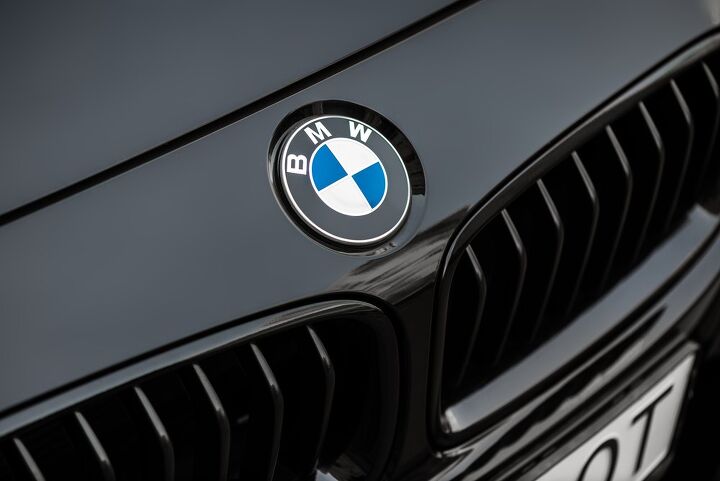















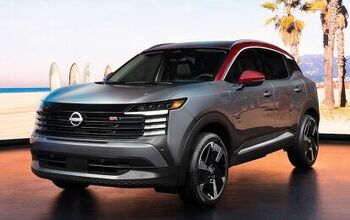


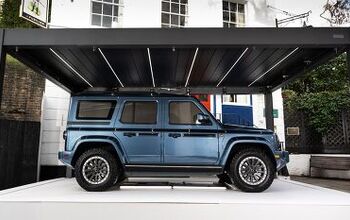

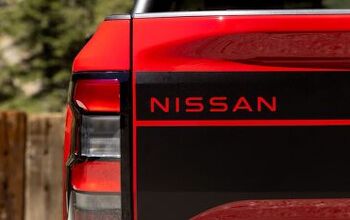
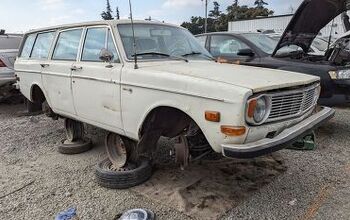
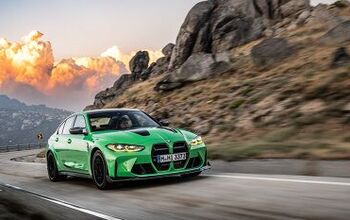

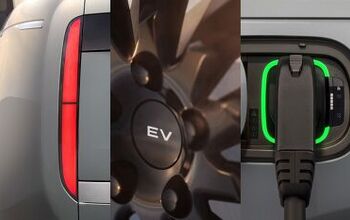



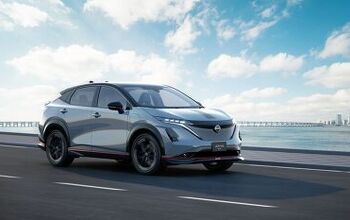
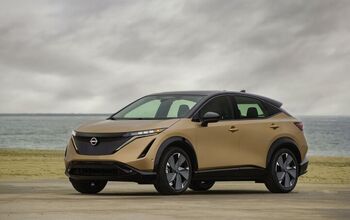
Comments
Join the conversation
This is also a cultural difference. We've been raised on GET A NEW CAR TODAY, take it off the lot, easy payments. Europe is save, buy to order, and pay most or all up front. A Euro car store is a nice showroom in a trendy part of town, with service across town in the industrial area. There is no huge Sales Bank of stock. This is easier for the OE maker, I think, in that you don't have to guess what folks want, with the problems of guessing wrong...too much of one, not enough of another. It's better for the buyer in a lot of ways, they can offer colors and options that the sales manager might not want, like anything other than grey, a sports package, or anything that might make a buyer decline...so it's lot vanilla at all times for us. The only problem is that as Americans, we are conditioned not to wait for anything...trust me, if you can, waiting on YOUR build is well worth it...and you'll never see yourself coming and going.
Agree about the cultural differences. My parents ordered new cars in the past but it was only a 4 to 6 week wait. I understand about the chip shortage and other shortages but long term ordering a new vehicle will not be viable for most people if the wait is 4 or more months and if it is a year or more then forget it. I am willing to wait for my new Maverick up to a year because of the product and I have a good solid truck for now but the manufacturers will have to get better at their just in time production and shorten the waiting period for ordering new vehicles especially if the customer is going to pay full MSRP. If and when we get back to normal the waiting period for an ordered new vehicle should average no more than 4 weeks otherwise few will want to wait.